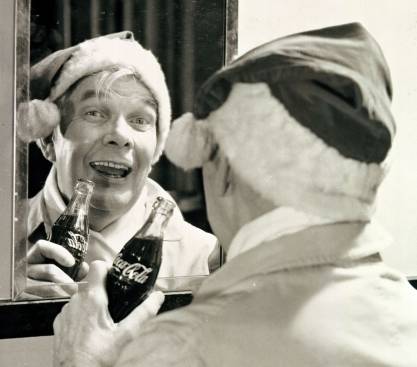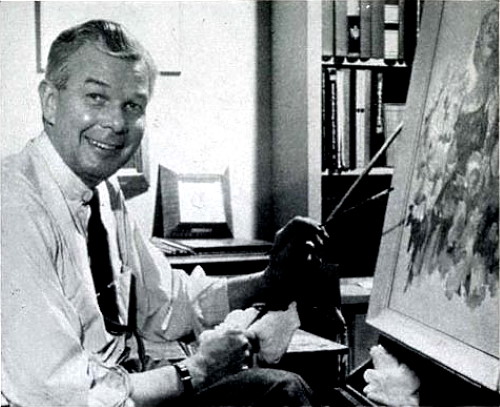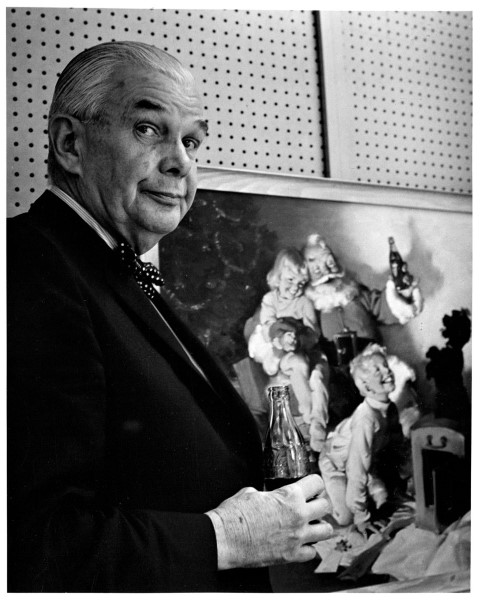Le Père Noël

The origin of Santa Claus is generally attributed to the European Saint Nicholas (Nicholas of Myra, who lived in Turkey in the 4th century), whose name Sinter Klaas
in Dutch became Santa Claus in the United States, where Santa Claus grew into the figure we know today.
In 1862, Thomas Nast drew a Santa Claus in NY’s Harper’s Illustrated Weekly. He would evolve over a period of almost 30 years, ending up dressed in red. It was also Nast who is said to have established Santa’s residence at the North Pole.
At the time, Coca-Cola was considered a refreshing drink, and an advertising agency (the D’arcy Advertising Agency) came up with the idea of featuring Santa Claus to show that it could be consumed in any season. In 1930, Fred Mizen staged a Santa Claus in the middle of a crowd near a soda fountain.
But it was in 1931 that Haddon Sundblom came into the picture, spending 33 years painting Santa Claus portraits for all winter campaigns… He is said to have been inspired by an 1822 poem by Clement Clark Moore (“A visit of St Nicholas”, better known as “Twas the night before christmas”), which depicts a jolly, human Santa Claus, followed by a friend and his own reflection in the mirror, to draw the Santa Claus we all know. Initially a lone figure, he was accompanied by a little girl in pyjamas in 1938, then a young boy in the 50s and a dog in 1964.
So it wasn’t Coca-Cola that gave Santa Claus the color red, but it did make him popular and established the jolly red silhouette known to all.



After Haddon Sundblom’s photos, here’s a look at the evolution of Santa Claus.
